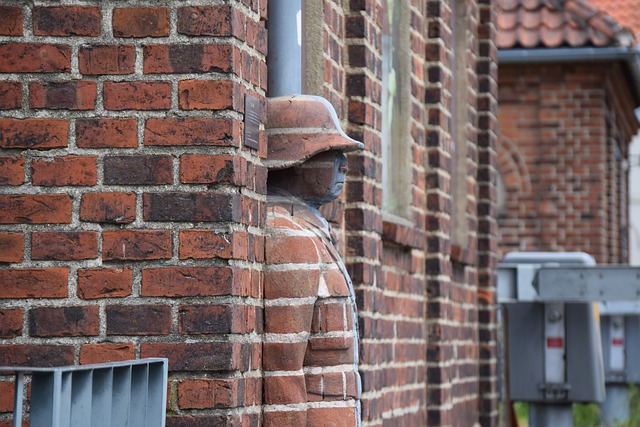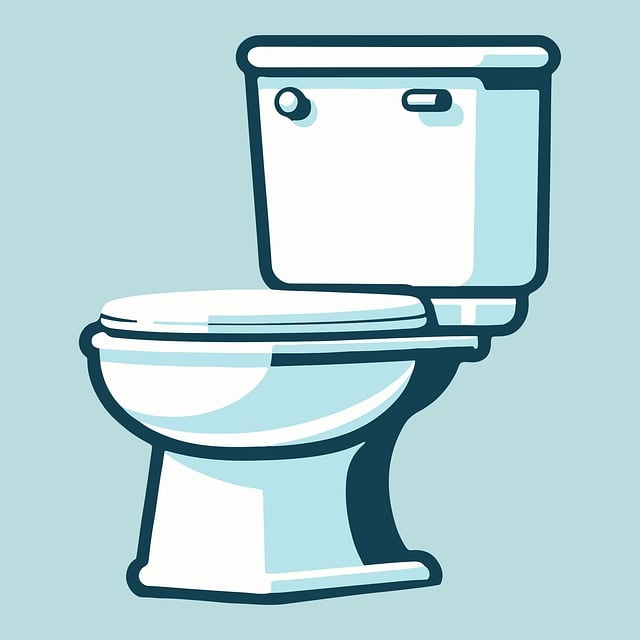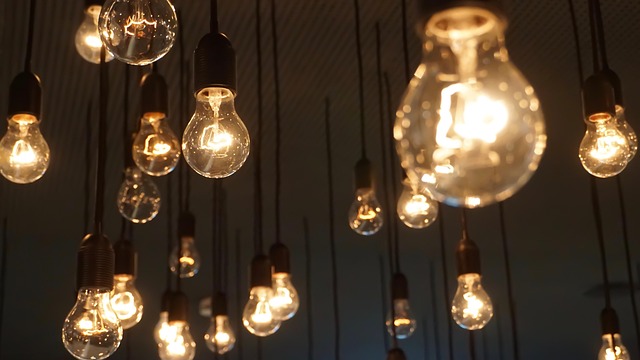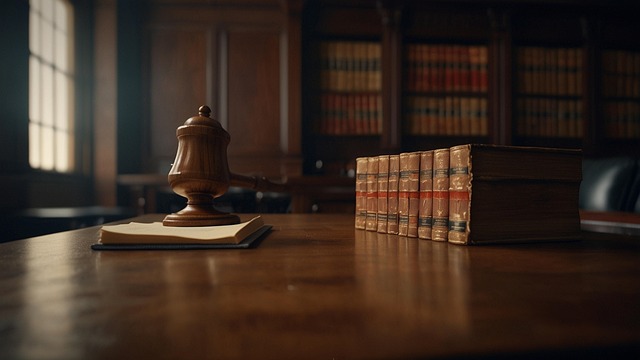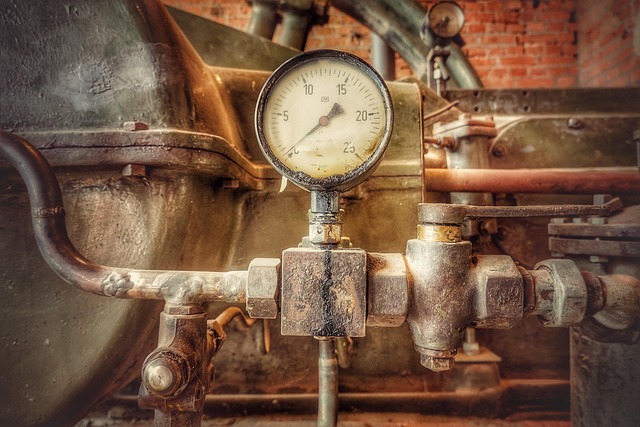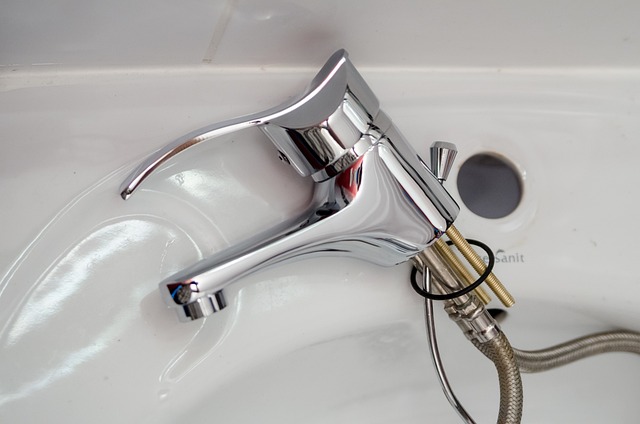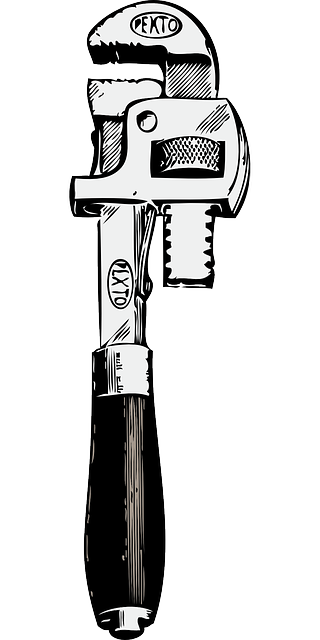Persistent leaks, often subtle, can cause significant water damage over time, leading to structural issues, rot, corrosion, mold growth, health risks, electrical problems, and costly repairs. Prompt action is vital. Regular inspections, quick leak fixes, moisture extraction, sealing entry points, and preventive measures like pipe & appliance checks are key strategies to mitigate persistent leaks and their long-term effects.
Water damage can often go unnoticed until it becomes a significant issue. This article explores the crucial aspect of identifying visible signs of water intrusion, especially persistent leaks. We delve into common indicators that may indicate a problem, from mold growth and stained walls to structural weaknesses. By understanding these long-term effects, homeowners can take proactive measures to prevent extensive damage. Learn about effective strategies for both remediation and prevention to protect your home against the insidious nature of persistent leaks.
- Recognizing Persistent Leaks: Common Signs of Water Damage
- Understanding the Long-Term Effects of Water Intrusion
- Taking Proactive Measures: Prevention and Remediation Strategies
Recognizing Persistent Leaks: Common Signs of Water Damage
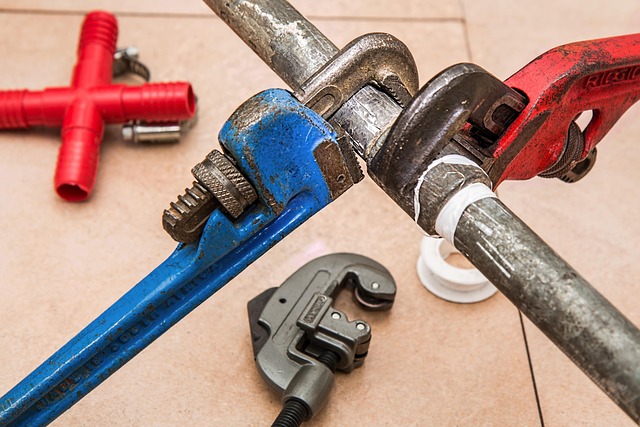
Water damage can leave subtle yet significant signs, especially when it comes to persistent leaks. The first step in addressing water damage is recognizing these subtle indicators. Over time, small leaks can turn into major issues, affecting not just visible areas but also hidden corners of your property. Common signs include discolored or bulging walls, spots on ceilings, and warped floorboards—all potential indications of ongoing moisture intrusion.
Inspecting for persistent leaks involves a thorough examination. Look beyond the obvious water stains and check for soft, weakened spots in structural elements like beams and joists. Musty odors and mold growth are other telltale signs that water has been present for an extended period. Addressing persistent leaks promptly is crucial to prevent further damage and ensure a dry, healthy living space.
Understanding the Long-Term Effects of Water Intrusion

Water intrusion, whether from a burst pipe, heavy rainfall, or persistent leaks, can cause significant damage to properties over time. The long-term effects go beyond immediate visible signs like mold growth and warped floors. Moisture seeps into walls, insulation, and structural components, leading to rot, corrosion, and weakened structural integrity. This can result in costly repairs or even the need for partial or complete building replacement down the line.
Persistent leaks create an ideal environment for mold and mildew proliferation, which not only deteriorates materials but also poses serious health risks to occupants. Beyond physical damage, prolonged water exposure can lead to electrical issues, as moisture damages wiring and increases the risk of electrocution. Understanding these potential long-term effects is crucial in recognizing the importance of promptly addressing any signs of water damage and repairing persistent leaks before they escalate into major problems.
Taking Proactive Measures: Prevention and Remediation Strategies

Taking proactive measures is key in mitigating visible water damage caused by persistent leaks. Regular inspections and maintenance can help identify potential issues early on, preventing minor problems from escalating into costly repairs. It’s essential to address any signs of leaks promptly, as even small leaks over time can result in significant water damage and mold growth.
Implementing remediation strategies involves a combination of quick action and long-term solutions. Short-term measures include turning off water supplies at the source, extracting excess moisture, and using dehumidifiers to prevent further deterioration. For effective long-term prevention, consider sealing entry points, installing water detection systems, and regularly inspecting pipes and appliances prone to leaks.



